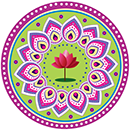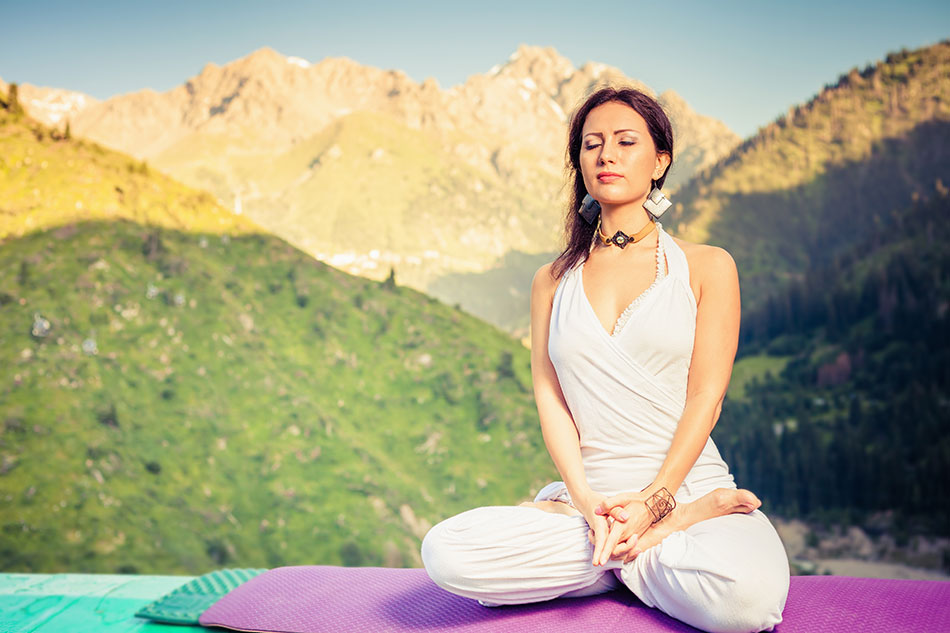There are numerous mind-body interventions that have been shown to be effective in treating anxiety. One of the most beneficial is relaxation therapy.
For many of us, relaxation means zoning out in front of the TV at the end of a stressful day. But this does little to reduce the damaging effects of stress. To effectively combat stress, we need to activate the body’s natural relaxation response.
You can do this by practicing relaxation techniques such as deep breathing, meditation, rhythmic exercise, and yoga. Fitting these activities into your life can help reduce everyday stress and boost your energy and mood.
When stress overwhelms your nervous system your body is flooded with chemicals that prepare you for “fight or flight.” While the stress response can be lifesaving in emergency situations where you need to act quickly, it wears your body down when constantly activated by the stresses of everyday life.
No one can avoid all stress, but you can counteract it by learning how to produce the relaxation response, a state of deep rest that is the polar opposite of the stress response. The relaxation response puts the brakes on stress and brings your body and mind back into a state of equilibrium.
When the relaxation response is activated:
- Your heart rate decreases
- Breathing becomes slower and deeper
- Blood pressure drops or stabilizes
- Your muscles relax
- Your body begins to heal
In addition to its calming physical effects, the relaxation response also increases energy and focus, combats illness, relieves aches and pains, heightens problem-solving abilities, and boosts motivation and productivity. Best of all, anyone can reap these benefits with regular practice.
Producing the relaxation response
A variety of different relaxation techniques can help you bring your nervous system back into balance by producing the relaxation response. The relaxation response is not lying on the couch or sleeping but a mentally active process that leaves the body relaxed, calm, and focused.
Learning the basics of relaxation techniques isn’t difficult, but it does take practice. Most stress experts recommend setting aside at least 10 to 20 minutes a day for your relaxation practice. If you’d like to get even more stress relief, aim for 30 minutes to an hour. If that sounds like a daunting commitment, remember that many of these techniques can be incorporated into your existing daily schedule—practiced at your desk over lunch or on the bus during your morning commute.
Finding the relaxation technique that’s best for you
There is no single relaxation technique that is best for everyone. When choosing a relaxation technique, consider your specific needs, preferences, fitness, and the way you tend to react to stress. The right relaxation technique is the one that resonates with you, fits your lifestyle, and is able to focus your mind and interrupt your everyday thoughts in order to elicit the relaxation response. In many cases, you may find that alternating or combining different techniques will keep you motivated and provide you with the best results.
How you react to stress may influence the relaxation technique that works best for you:
The “fight” response. If you tend to become angry, agitated, or keyed up under stress, you will respond best to stress relief activities that quiet you down, such as meditation, progressive muscle relaxation, deep breathing, or guided imagery.
The “flight” response. If you tend to become depressed, withdrawn, or spaced out under stress, you will respond best to stress relief activities that are stimulating and energize your nervous system, such as rhythmic exercise, massage, mindfulness, or power yoga.
The immobilization response. If you’ve experienced some type of trauma and tend to “freeze” or become “stuck” under stress, your challenge is to first rouse your nervous system to a fight or flight response (above) so you can employ the applicable stress relief techniques. To do this, choose physical activity that engages both your arms and legs, such as running, dancing, or tai chi, and perform it mindfully, focusing on the sensations in your limbs as you move.
References
Dickinson HO, Beyer FR, Ford GA, et al. Relaxation therapies for the management of primary hypertension in adults. Cochrane Database of Systematic Reviews. 2008;(1):CD004935 [edited 2009]. Accessed at www.thecochranelibrary.com on April 1, 2014.
Lahmann C, Schoen R, Henningsen P, et al. Brief relaxation versus music distraction in the treatment of dental anxiety: a randomized controlled clinical trial. Journal of the American Dental Association. 2008;139(3):317–324.
Medlicott MS, Harris SR. A systematic review of the effectiveness of exercise, manual therapy, electrotherapy, relaxation training, and biofeedback in the management of temporomandibular disorder. Physical Therapy. 2006;86(7):955–973.
Jacobson, E.: Progressive Relaxation. Chicago, University of Chicago Press, 1938
Payne, R and Donaghy, M. 2010. Fourth Edition. Payne’s Handbook of Relaxation Techniques: a practical guide for the health care professional. London: Churchill Livingstone, Elsevier.
Arakawa S. Relaxation to reduce nausea, vomiting, and anxiety induced by chemotherapy in Japanese patients. Cancer Nursing. 1997; 20(5):342-914.
Cheung YL, Molassiotis A, Chang AM, Cheung YL, Molassiotis A, Chang AM. The effect of progressive muscle relaxation training on anxiety and quality of life after stoma surgery in colorectal cancer patients. Psycho-Oncology. 2003; 12(3):254-66.

About This Excerpt
The above excerpt is reprinted from Dr. Randi Fredricks’ book Complementary and Alternative Treatments for Anxiety. No part of this article may be reproduced in any form or by any electronic or mechanical means, including information storage and retrieval systems.
Disclaimer: This article is not intended to provide medical advice, diagnosis or treatment. Views expressed here do not necessarily reflect those of Dr. Randi Fredricks as articles often present the published results of the research of other professionals. Copyright © 2020.
